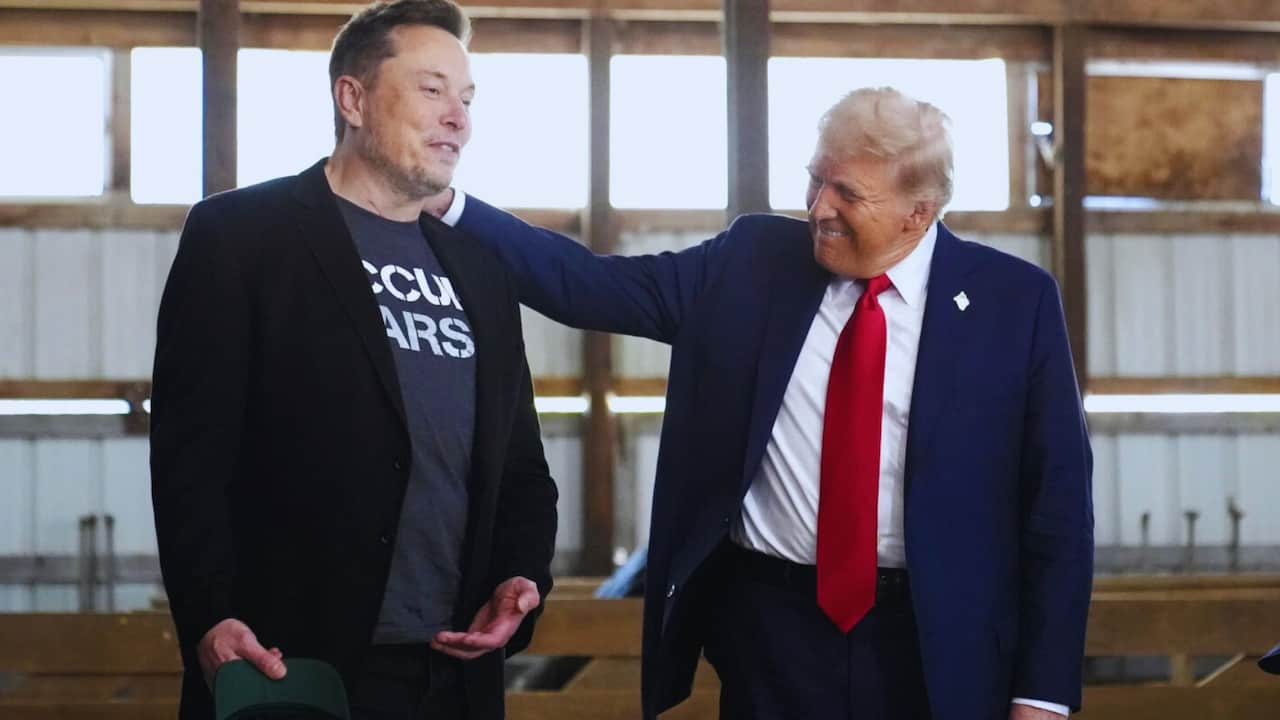Tech Titans Take on Government Waste: Musk and Ramaswamy to Spearhead Trump’s $2 Trillion Cost-Cutting Mission
In a bold move that’s sending shockwaves through Washington, President-elect Donald Trump has unveiled his ambitious plan to streamline federal operations by appointing Elon Musk and Vivek Ramaswamy to lead a new initiative called the Department of Government Efficiency (DOGE).
The dynamic duo, both successful entrepreneurs with track records of aggressive cost-cutting, have been tasked with finding $2 trillion in savings across federal agencies. This unprecedented effort aims to reshape how the government operates, potentially affecting millions of federal workers.
The Power Players
Elon Musk, the world’s richest person and CEO of Tesla and SpaceX, brings his famous efficiency-focused management style to the table. At X (formerly Twitter), he demonstrated his approach by cutting 80% of the workforce. Now, he’s setting his sights on what he calls “a bloated federal bureaucracy.”
Vivek Ramaswamy, the biotech entrepreneur worth an estimated $1 billion, joins fresh from his presidential campaign. His anti-waste stance aligns perfectly with Trump’s vision of a leaner government.
The Game Plan
The DOGE team plans to tackle waste through several key strategies:
- Targeting redundant federal agencies
- Streamlining civil service operations
- Offering voluntary severance packages
- Eliminating overlapping responsibilities
- Modernizing outdated systems
Potential Hurdles
However, this ambitious plan faces significant challenges.
- Congressional Approval: While DOGE can recommend changes, Congress must approve major spending cuts.
- Civil Service Rules: Federal employment protections limit rapid workforce changes
- Conflict Concerns: Musk’s companies have billions in government contracts.
- Scale Questions: Experts doubt the feasibility of $2 trillion in cuts
Expert Perspectives
“This is unprecedented in scale,” says Ann Skeet from Santa Clara University’s Markkula Center. “The conflicts between Musk’s businesses and government interests raise serious concerns.”
Elaine Kamarck, a Brookings Institution senior fellow, calls the $2 trillion target “insane,” noting that most federal spending goes to mandatory programs like Social Security and Medicare.
Timeline and structure
The initiative will run until July 4, 2026—symbolically timing its conclusion with America’s 250th birthday. Unlike traditional government departments, DOGE will operate outside formal government structures, with Musk and Ramaswamy serving as external advisors.
Market Impact
Markets responded favorably to the news, causing the value of Musk’s preferred cryptocurrency, Dogecoin, to triple. The initiative’s name itself (DOGE) appears to be a playful nod to the digital currency.
Looking Ahead
As Washington braces for this revolutionary approach to government efficiency, questions remain about implementation and effectiveness. The success of this bold experiment in public sector reform may depend on how well private sector methods translate to government operations.
Some federal workers are already preparing for significant changes, though their exact nature remains unclear. What is clear is that the Trump administration is betting big on these tech-savvy business leaders to reshape federal operations dramatically.
